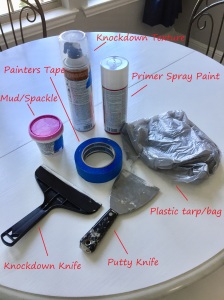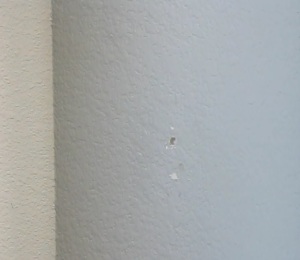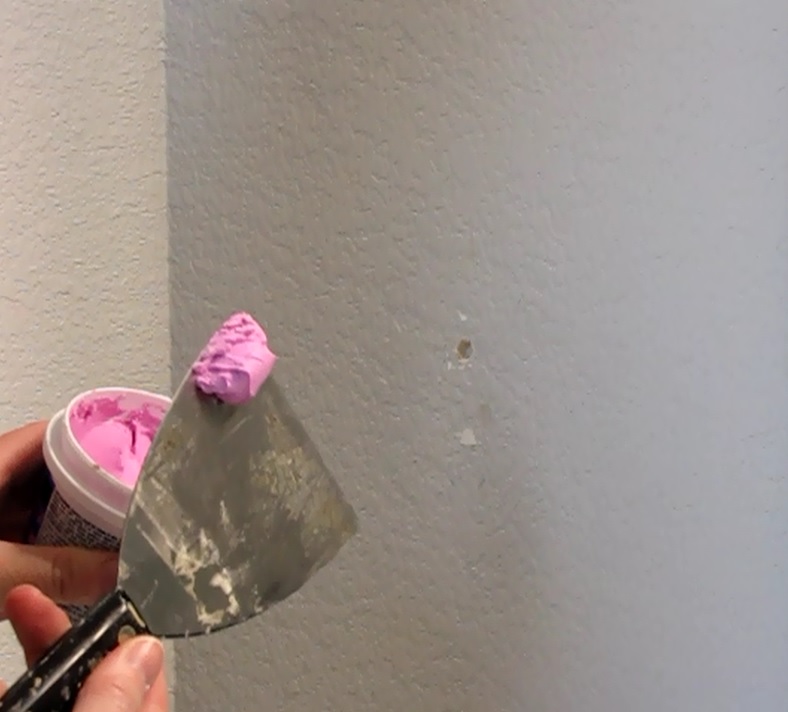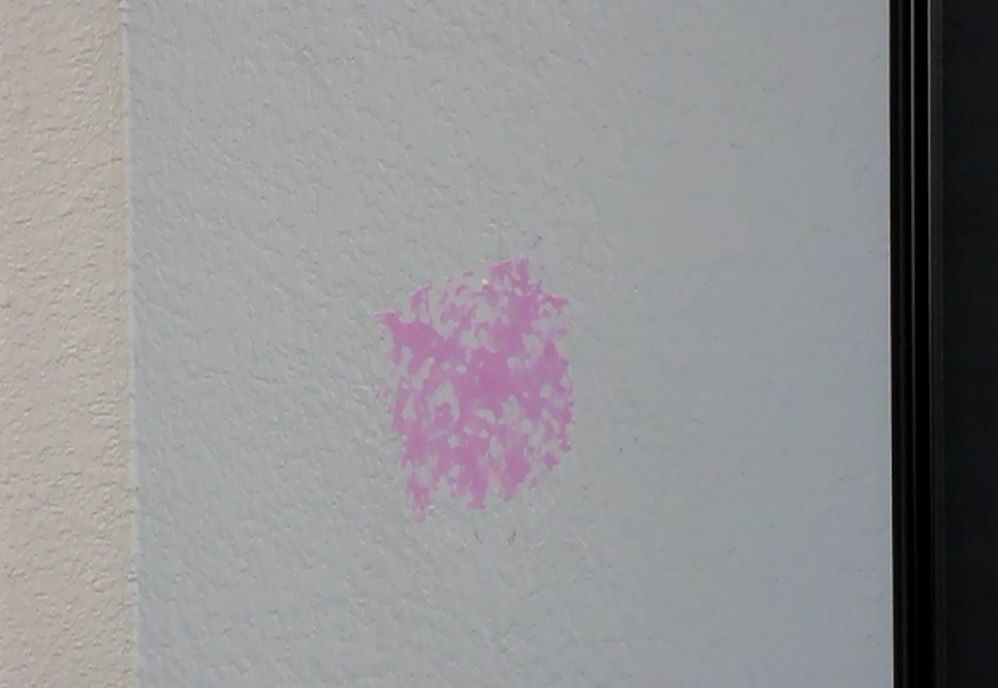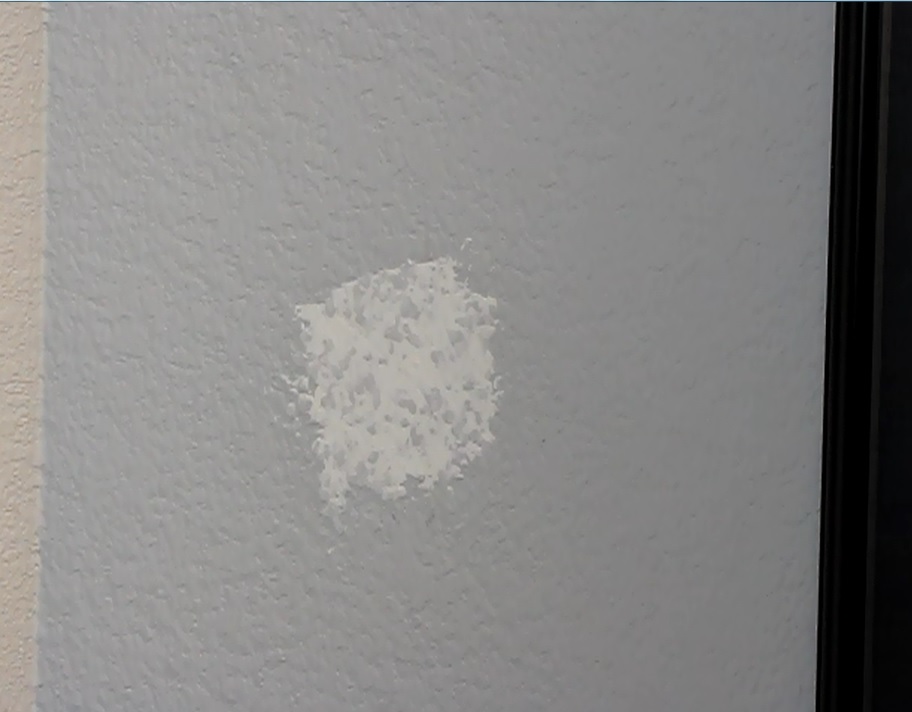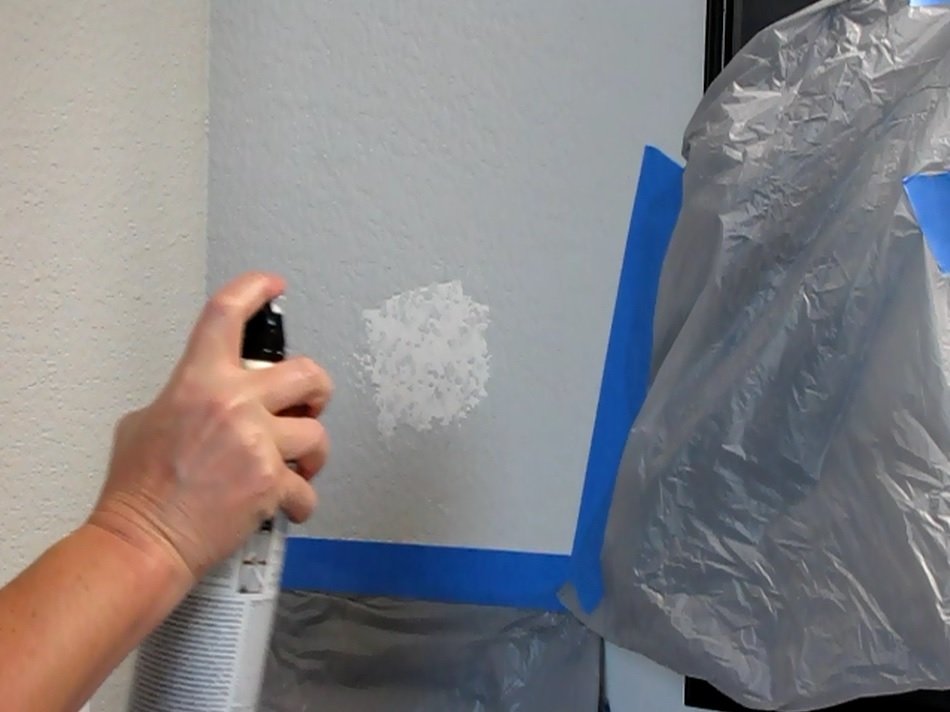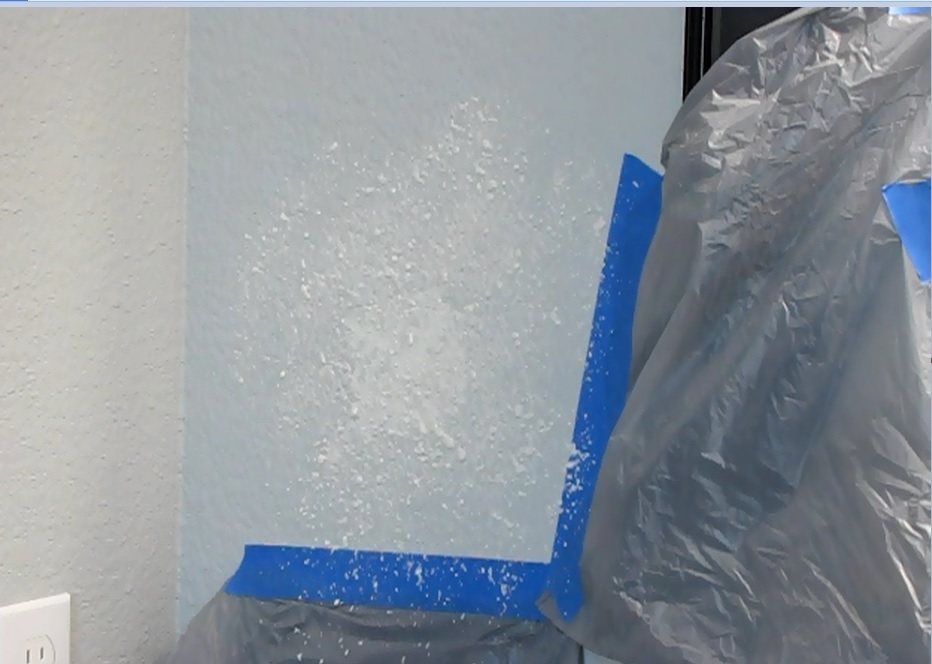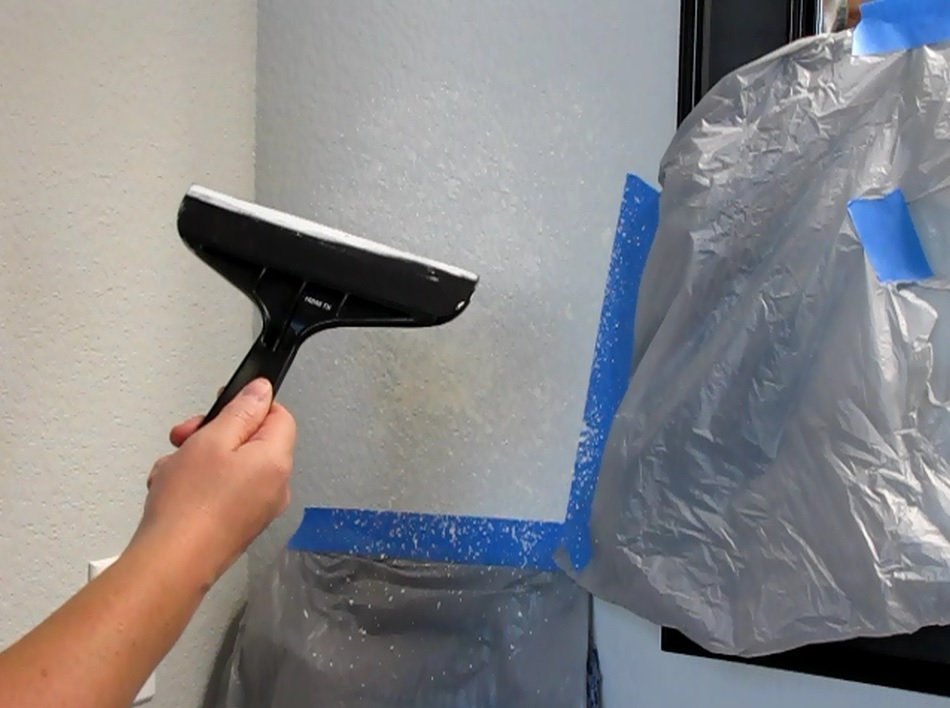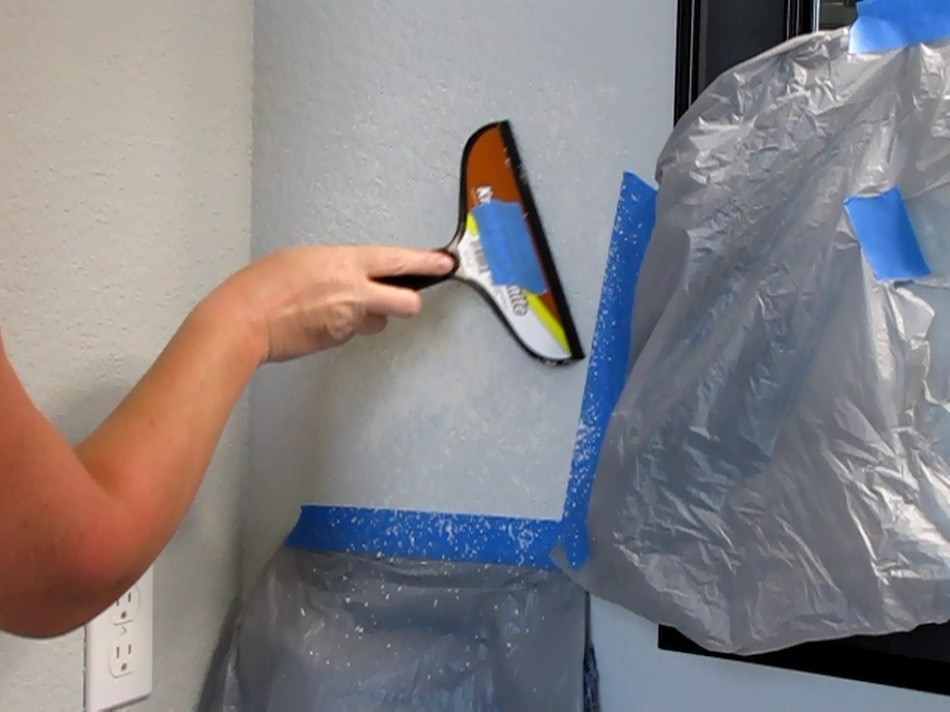Many people can be intimidated by painting a wall but it’s really nothing to fear! Once you get the hang of it, you’ll want to paint everything. To get you there, we’ve created this post to help you with some tips and tricks so you can tackle any painting project with confidence.
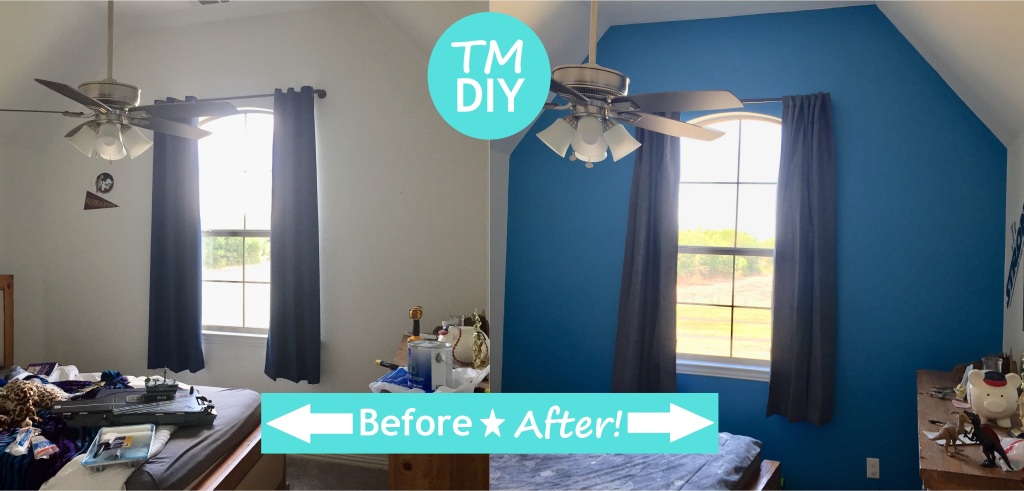
Here’s what You’ll Need:
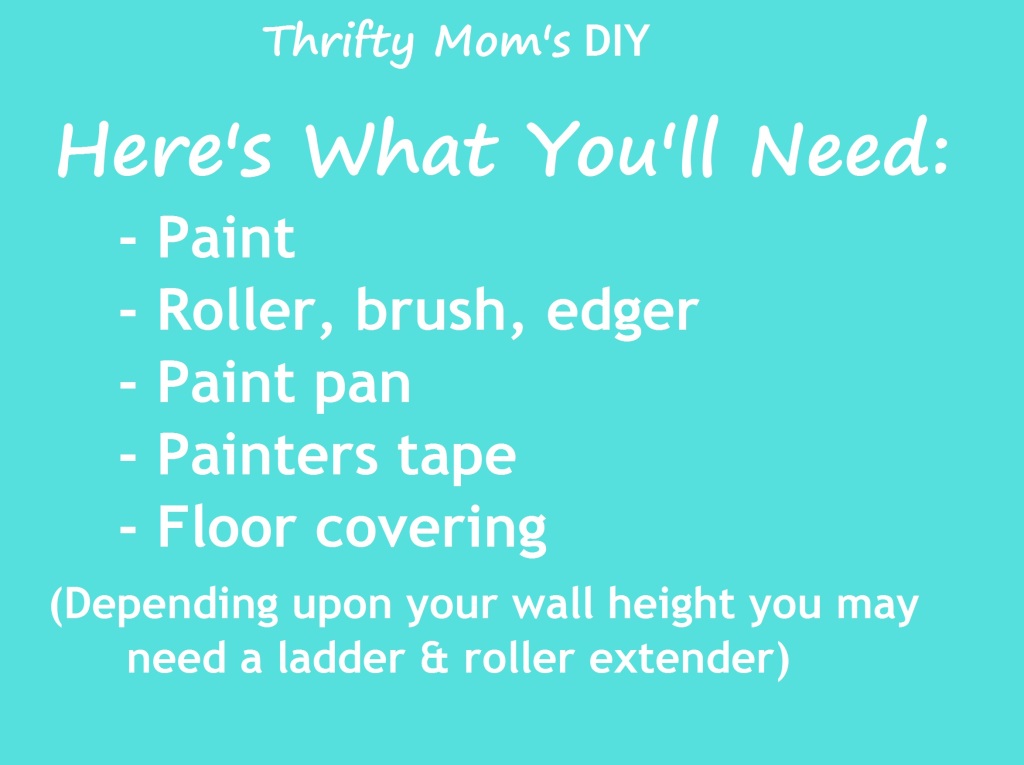
Step One: Prepping Your Space
Whether you are a pro or a novice painter, you’ll always want to prepare your area for painting. This means taking down all pictures and curtains. You can take the quick way and not take everything down but you’ll only get paint on them and cost yourself possibly more time and money. It’s a fact!
I start by removing any and all pictures, decorative items and curtains. I also move back all of the furniture. Since we’re just painting one wall today, I don’t remove all of the furniture from the room. Even if we were painting all walls, I’d probably just move furniture around that’s in the way as I move through the room. No need to make this into a mountain of a project! This is where you can save some steps…not removing everything off of the walls isn’t a step that should be skipped!
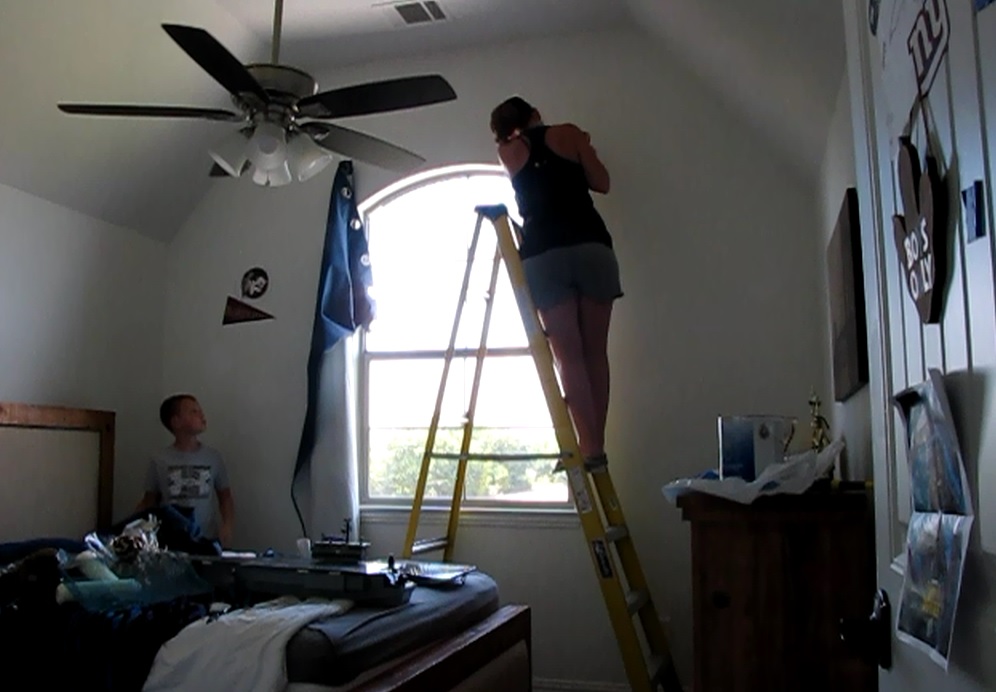
Once that’s all done, I highly recommend that you place a plastic tarp or a cloth that won’t allow paint to soak through, down on the flooring. This will save you lots of time and headache should some paint drop or spill.
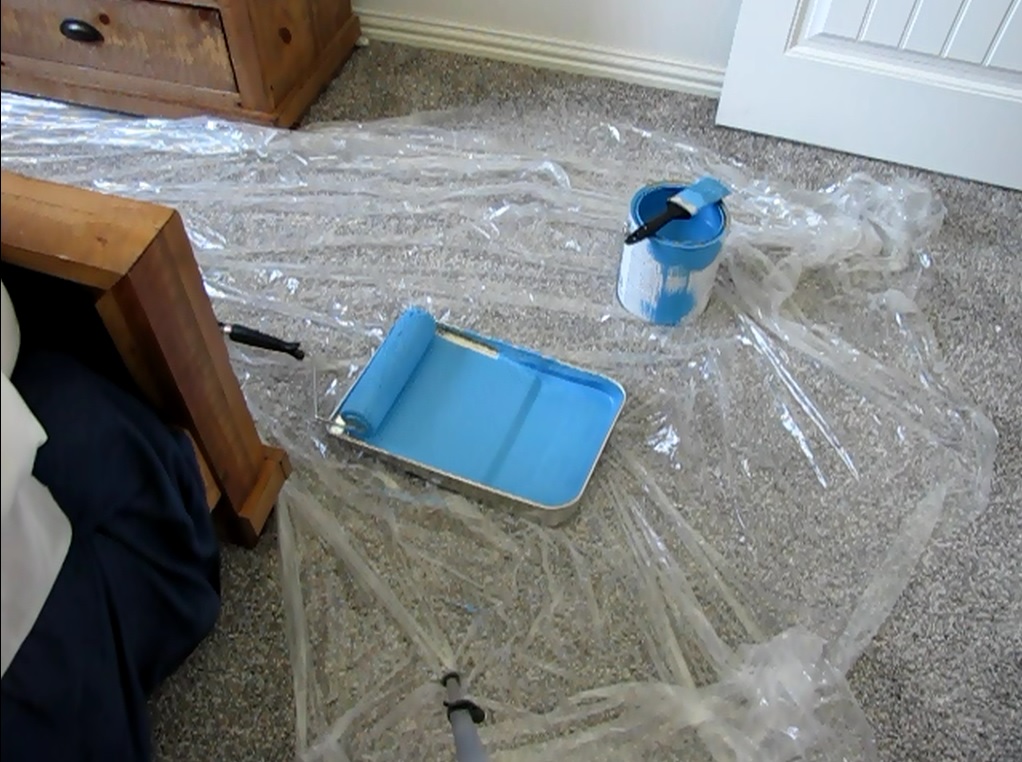
Step Two: Painting Your Walls
If you ask a pro, they’ll tell you to start by painting the edges and then doing the main walls. Depending upon what type of paint I’m using and how much time I have, I do either one. This time I was a bit excited to see what it looked like so I started painting the main wall first. Because I’m using a semi-gloss paint, you couldn’t tell that I did that first verses doing the edges first.
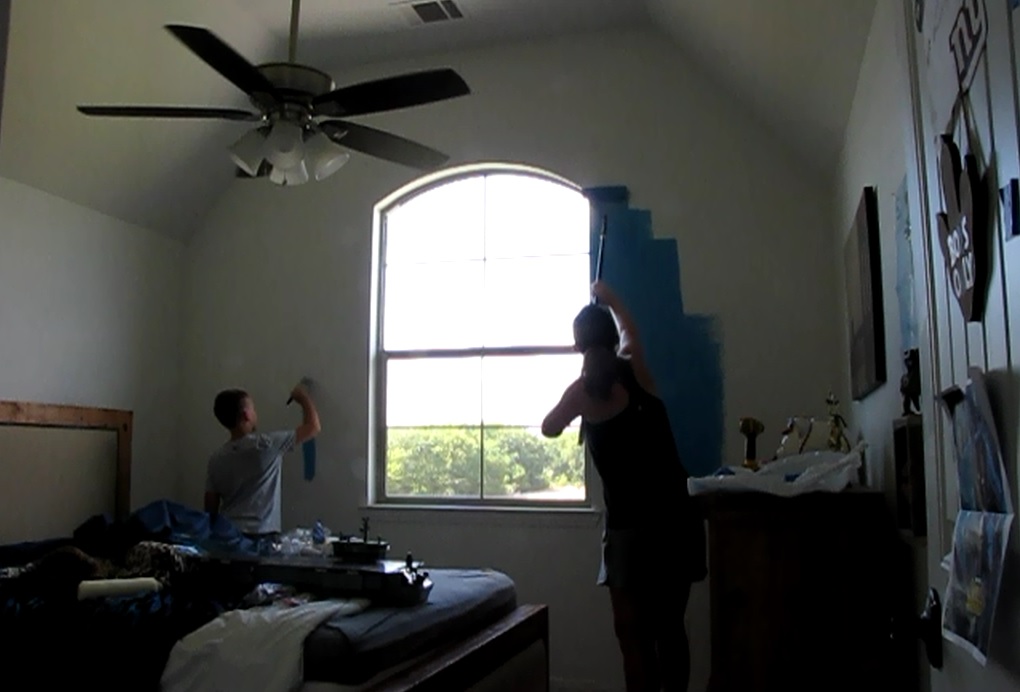
As mentioned in the video, the store you by the paint from should have a display of what each paint finish feels like. They also can have a indicator stating which finish works best and where. I love semi-gloss so I use it everywhere. It’s very versatile and feels great to the touch. But, depending upon your design goals, other finishes may work best for you.
Since I started on the main wall, I used my roller to get a good amount of paint on the roller. I then pressed the roller firmly down on the wall until most of the paint was used. If you try to push it too far the roller will actually start to take up some of the paint, making it to where you’ll need two coats, so it’s best to get more paint when you first notice it.
Pro Tip: Most paints, unless you’re using an oil based paint, are very forgivable. So if you happen to get some paint on the trim it can usually come right up with a wet paper towel or cloth. Just don’t let it dry!
Step Three: Paining The Edges
Once you’re done with the walls, you’ll want to then start on the edges. As mentioned before, some like to do this part first and depending upon the type of paint you have, it’s recommended. Be sure and ask when you purchase your paint. The big box stores might not know, but the local paint stores definitely will.
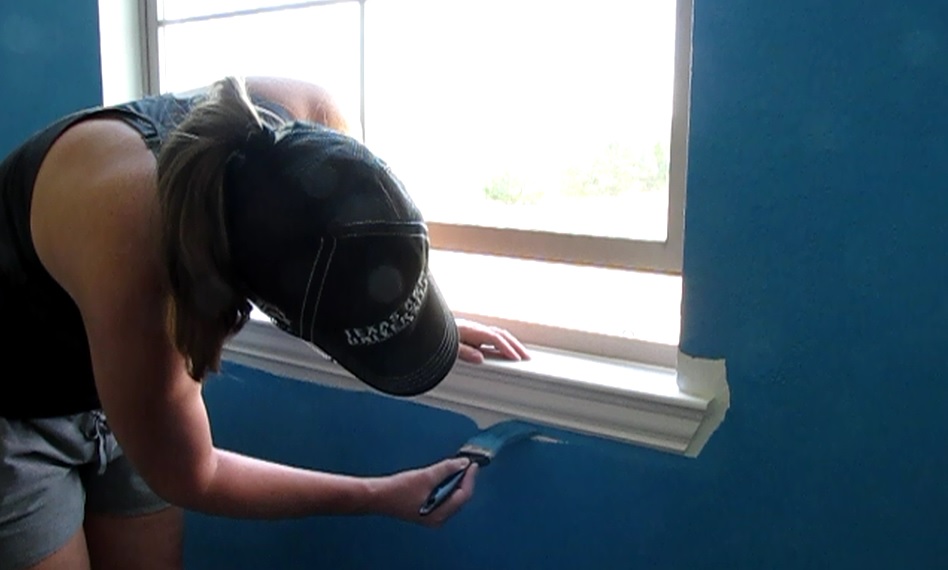
I like to use three things when doing the edges: painters tape, a angled brush and an edging tool. The painters tape needs to go on the trim of the baseboards, the window casing and anything else you need to paint close to but you don’t want to paint. In the image above, I didn’t use the painters tape and it cost me because I had to go back once the paint dried and touch up the white paint on the trim.
All in all, painting a feature wall just takes patience because you’re not painting the wall right beside it. The best advise I can give is to go slow and take your time.



